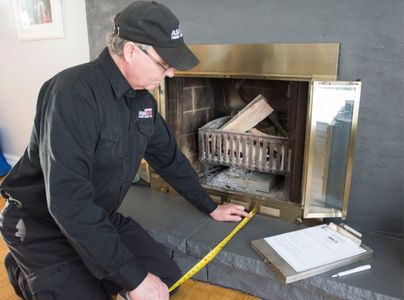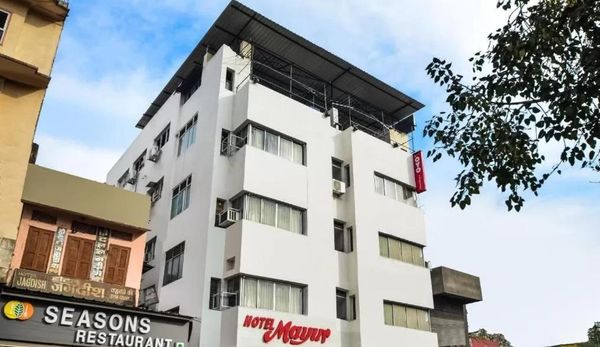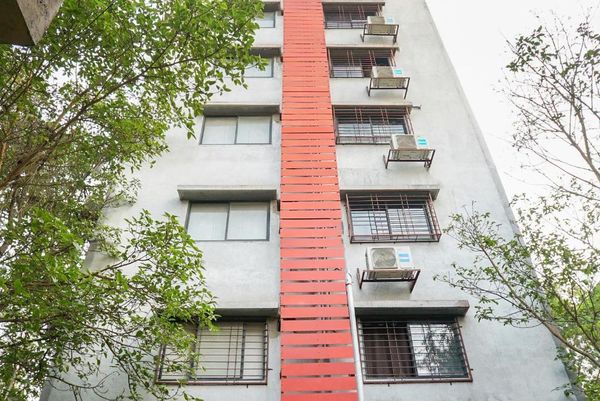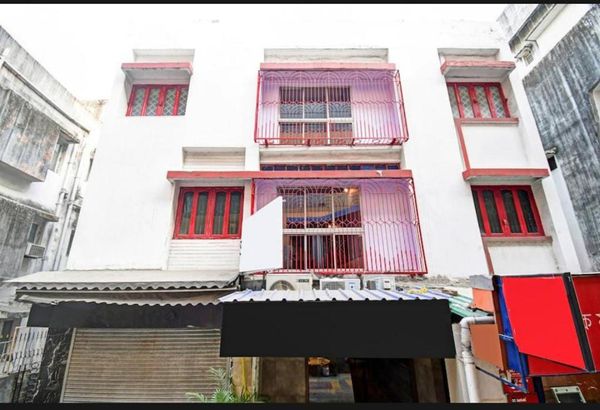The Dangerous Truth About Neglected Chimneys
 Air Duct Cleaning
09 Sep, 2025
13 mins read
28
Air Duct Cleaning
09 Sep, 2025
13 mins read
28

Introduction
Chimneys are essential components of many homes, providing ventilation for fireplaces, wood stoves, and heating systems. However, when chimneys are neglected, they can pose serious risks to your home and family. Despite their critical role in safety and comfort, chimneys often receive little attention until a problem becomes obvious. Ignoring chimney maintenance and chimney inspections allows hazards to grow unseen, increasing the chance of fires, structural failures, and health threats. This article reveals the dangerous truth about neglected chimneys and why timely care is non-negotiable.
Why Chimneys Require Regular Attention
The Function of a Chimney
A chimney’s job goes beyond just venting smoke. It safely directs toxic gases, heat, and combustion byproducts outside your home, preventing dangerous buildup inside living spaces. When this system is compromised, the risk to health and safety skyrockets.
Common Causes of Chimney Neglect
Many homeowners overlook chimneys because they’re out of sight or seem trouble-free. Lack of awareness, procrastination, and misconceptions about chimney care contribute to neglect. Additionally, older homes may have outdated or deteriorated chimneys that owners assume are “fine as is,†which is far from the truth.
Hidden Dangers Lurking in Neglected Chimneys
Creosote Accumulation: A Time Bomb
Burning wood produces creosote—a sticky, highly flammable substance that coats the chimney’s interior. Without regular cleaning, creosote builds up layer by layer. Over time, this substance can ignite, causing dangerous chimney fires that can spread to the entire home.
Structural Decay and Masonry Problems
Chimneys are constantly exposed to extreme weather conditions like rain, snow, freezing, and thawing. Neglected chimneys develop cracks in bricks and mortar joints. Water can seep into these cracks, accelerating deterioration and weakening the structure. Eventually, the chimney may become unstable or collapse.
Blockages and Animal Intrusions
Leaves, soot, debris, and nests from birds or squirrels frequently block chimneys. Such obstructions restrict airflow, forcing smoke and harmful gases back into the house. These blockages can also trap moisture, encouraging mold growth and further damaging masonry.
Carbon Monoxide Poisoning Risks
Carbon monoxide (CO) is a lethal, odorless gas produced during combustion. If your chimney is blocked or damaged, CO may not vent outside properly, allowing it to accumulate indoors. Exposure to carbon monoxide can cause headaches, dizziness, nausea, and even death if not detected quickly.
How Neglect Amplifies Fire Risks
Chimney Fires Are More Common Than You Think
Chimney fires occur when creosote ignites or when structural defects allow heat to escape into combustible materials nearby. These fires burn intensely and spread rapidly. Neglected chimneys are far more likely to experience these fires because buildup and damage go unaddressed.
Ignition of Surrounding Materials
Without proper inspections, heat from the chimney can ignite nearby wood framing, drywall, or insulation. Many homes suffer damage because homeowners assume the chimney walls provide adequate protection without realizing their integrity has been compromised.
The Financial and Emotional Costs of Neglected Chimneys
Expensive Repairs and Home Damage
Repairing extensive chimney damage or fixing fire-related destruction can be extremely costly. In some cases, chimney replacement or major structural work is necessary—expenses that could be minimized or avoided with routine maintenance.
Impact on Home Insurance
Some insurance policies require proof of regular chimney maintenance. Neglected chimneys can lead to denied claims after fires or damage, leaving homeowners financially responsible.
Emotional Trauma and Safety Concerns
The aftermath of a chimney fire or carbon monoxide incident causes emotional distress and trauma for families. The fear of unsafe conditions may linger long after repairs, highlighting the importance of prevention.
Warning Signs Your Chimney Needs Immediate Attention
- Persistent smoky odors inside your home
- Visible cracks in bricks or mortar
- Loose or missing chimney caps and flashing
- Water stains or dampness near the fireplace
- Strange noises like scratching or chirping from the chimney
- Difficulty starting or maintaining fires in your fireplace
If you notice any of these signs, schedule a professional chimney inspection immediately.
The Importance of Professional Chimney Inspections
What Inspectors Look For
Certified chimney professionals examine creosote buildup, flue obstructions, masonry condition, chimney liners, caps, flashing, and structural soundness. They also check for proper draft and ventilation.
Types of Inspections
- Level 1: Basic inspection of visible and accessible parts, recommended annually.
- Level 2: Includes video scanning of the chimney’s interior, typically needed when changes or problems occur.
- Level 3: Extensive inspection involving removal of parts of the building structure to access hidden areas, performed only if serious defects are suspected.
Cleaning and Maintenance
In addition to inspections, regular sweeping and cleaning are essential to remove creosote and debris. Maintenance tasks may also include repairing mortar joints, replacing caps, and sealing cracks.
How to Prevent Chimney Neglect
Schedule Annual Inspections
Make chimney inspections a yearly routine, especially before the heating season begins.
Keep Your Chimney Clear
Install chimney caps to prevent debris and animals from entering. Remove any visible nests or blockages promptly.
Use Seasoned Wood and Proper Fuels
Burning dry, seasoned wood produces less creosote. Avoid burning treated or painted wood, which releases toxic chemicals.
Watch for Water Intrusion
Repair damaged flashing and crowns promptly to keep water out and protect masonry.
Conclusion
Neglecting your chimney is a dangerous gamble that puts your home and family at risk. From flammable creosote buildup and structural decay to deadly carbon monoxide leaks and fire hazards, the dangers of an unattended chimney are real and escalating. However, these threats are entirely preventable through routine inspections, cleanings, and maintenance. Recognizing warning signs early and engaging professionals ensures your chimney remains a safe, functional part of your home. Don’t wait until disaster strikes—prioritize chimney care today and protect your loved ones and property.
Frequently Asked Questions (FAQs)
1. How often should I have my chimney inspected?
It’s recommended to have your chimney inspected at least once a year, especially if you use your fireplace regularly.
2. Can chimney neglect cause a house fire?
Yes, accumulated creosote and structural damage from neglect significantly increase the risk of chimney fires.
3. What are the common signs that my chimney is neglected or damaged?
Signs include smoke entering your home, cracks in masonry, water stains near the chimney, and strange noises or odors coming from the fireplace.
4. How can I prevent animals from nesting in my chimney?
Installing a chimney cap with a mesh screen is the most effective way to keep animals and debris out.
5. What should I do if I suspect carbon monoxide is leaking into my home?
Immediately evacuate your home and call emergency services. Then, have a professional inspect your chimney and heating systems before returning.
Read more : Chimney Sweep
Written By:
Air Duct Cleaning



Hotels at your convenience
Now choose your stay according to your preference. From finding a place for your dream destination or a mere weekend getaway to business accommodations or brief stay, we have got you covered. Explore hotels as per your mood.





